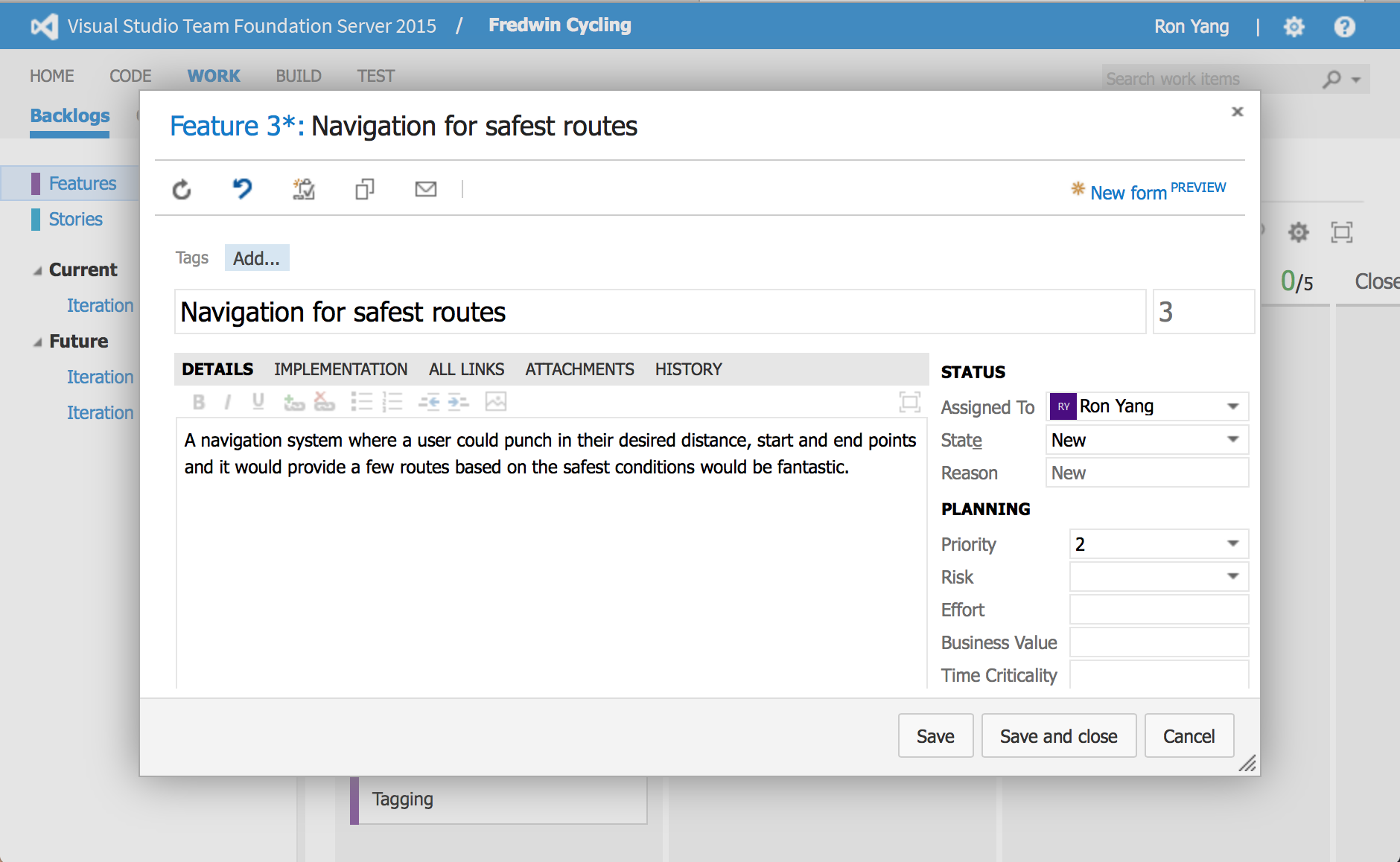
- #What does microsoft team foundation server do manual
- #What does microsoft team foundation server do software
- #What does microsoft team foundation server do code
- #What does microsoft team foundation server do windows
#What does microsoft team foundation server do manual
It contains capabilities for Agile project management, source control, continuous integration (build), continuous delivery (release), manual test case management, and more. The status of the elements in this case can be specified and edited directly in Excel, and the resulting tables can be processed by TFS, which will import the data taking into account the features of managing this project.Team Foundation Server is Microsoft's "all-in-one" Application Lifecycle Management solution. TFS can be integrated with Microsoft Excel to create and track project elements. The status of certain project elements can be automatically updated when the work items change. These elements can be associated with work items. The choice of the framework fills the project with predefined elements, such as roles and authorities, as well as other documentation, for example, the project roadmap, document templates, report preparation. TFS includes several of the most common templates, among which are both methods of flexible development, and formal.
#What does microsoft team foundation server do software
When creating a new project, you need to choose a software development framework that can not be changed later. TFS provides opportunities to manage these projects.
#What does microsoft team foundation server do code
The joint project includes custom work items, source code versions (branches), reports managed by TFS. It also means the use of notifications and the ability to maintain logs, to track the history of the entire creation process, access to or modify the item (defined by rights), and provide additional notification to certain users when certain events occur.Īny Team Foundation Server contains one or more "Team Projects" consisting of Visual Studio-based solutions, configuration files for Team Build and Team Load Test Agents, and a single SharePoint-based repository containing project-related documentation. Each working element has appropriate control techniques that determine who exactly which elements are available and what actions it can take with them (viewing, editing, creating, deleting, etc.). These elements inside the application are stored in XML format, and their schema can be easily modified to add new attributes to different elements or create new elements on a project basis. The selected framework for any project in Team Foundation Server Determines what types of work items will be available and what attributes each type will possess. The work items themselves can be of several types, for example, "Error", "Task", "Quality requirement", "Script", etc. In many sources, they are identified with the "bug" elements in the Error Tracking Systems like Bugzilla, that is, in this case the work item has the Area (bound field), Iteration State), Assignee (linked to), Reported By (by whom created) to specify the relevant information, history, attached files, and many other attributes. Working elements are the individual units (steps) of work performed in turn. Most of the activities in Team Foundation Server occur with "work items". Data Layer does not interact with the client layer directly, only through the application layer.
#What does microsoft team foundation server do windows
"Data Layer" and "Application Layer" can exist on different physical or virtual servers when using Windows Server 2003 or more specialized versions.

The "Data Layer", which is based primarily on the installed SQL Server 2005 Standard Edition, provides permanent data storage services for the document repository. The document repository is used both for project elements, and for tracking audits (documenting changes), as well as for the accumulation and processing of data and the generation of reports. The web portal, called the Team Project Portal (portal of the team project), acts as an interaction center for projects managed by TFS. Application layer also includes the Web portal and repository (repository) documentation supported by Windows SharePoint Services.

The web services themselves are at the "application level". These Web services are used by applications such as Visual Studio Team System to apply TFS as a server storage infrastructure or dedicated TFS application management, such as the included "Team Foundation Client" application. At this level, TFS does not contain any user interfaces, but it provides Web Services that can be used by client applications for self-integration into TFS functionality. The "client layer" is used to create and manage projects, as well as to access the stored and managed elements of the project. Team Foundation Server operates in a three-tier architecture: 'client layer', 'application layer' and 'data layer'. This product is available as a stand-alone application or as a server platform for the Visual Studio Team System (VSTS). Team Foundation Server is a Microsoft product that is a complete solution that combines version control, data collection, report generation, status tracking and project changes, and is designed to work together on software development projects.


 0 kommentar(er)
0 kommentar(er)
